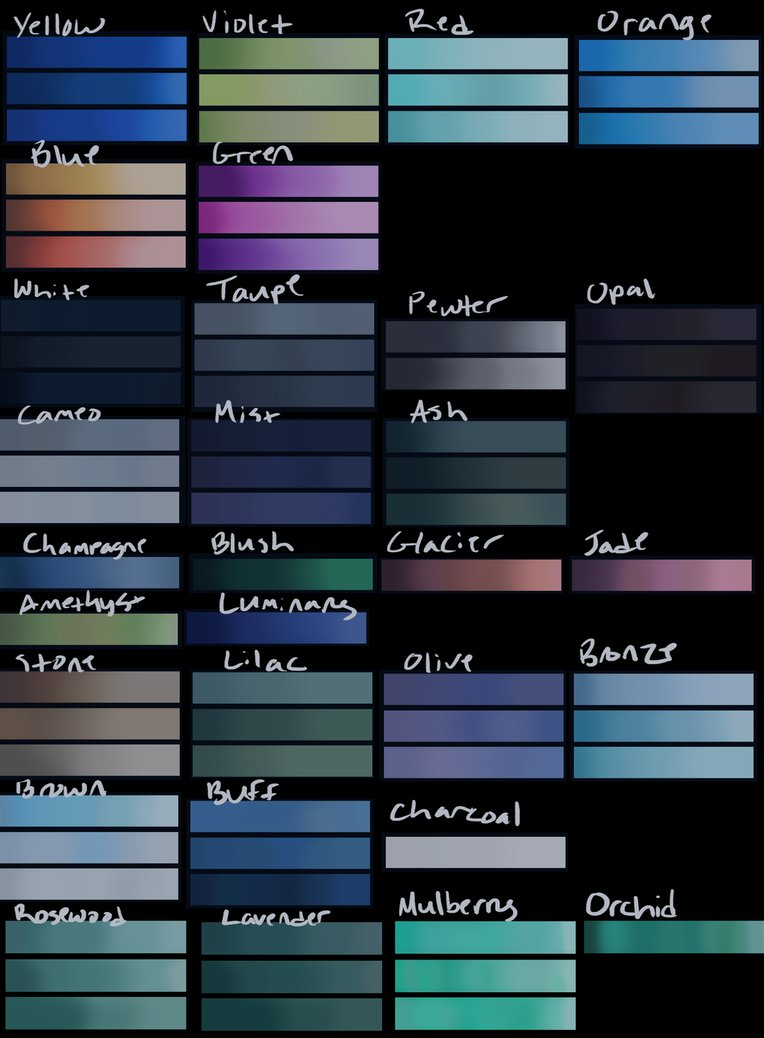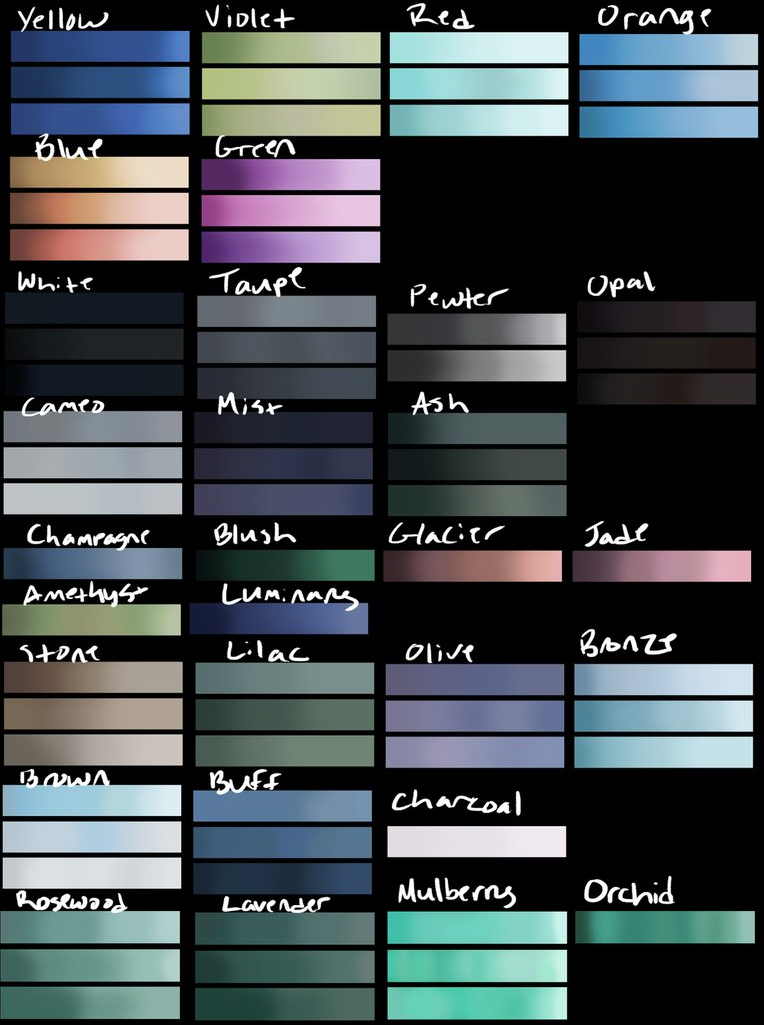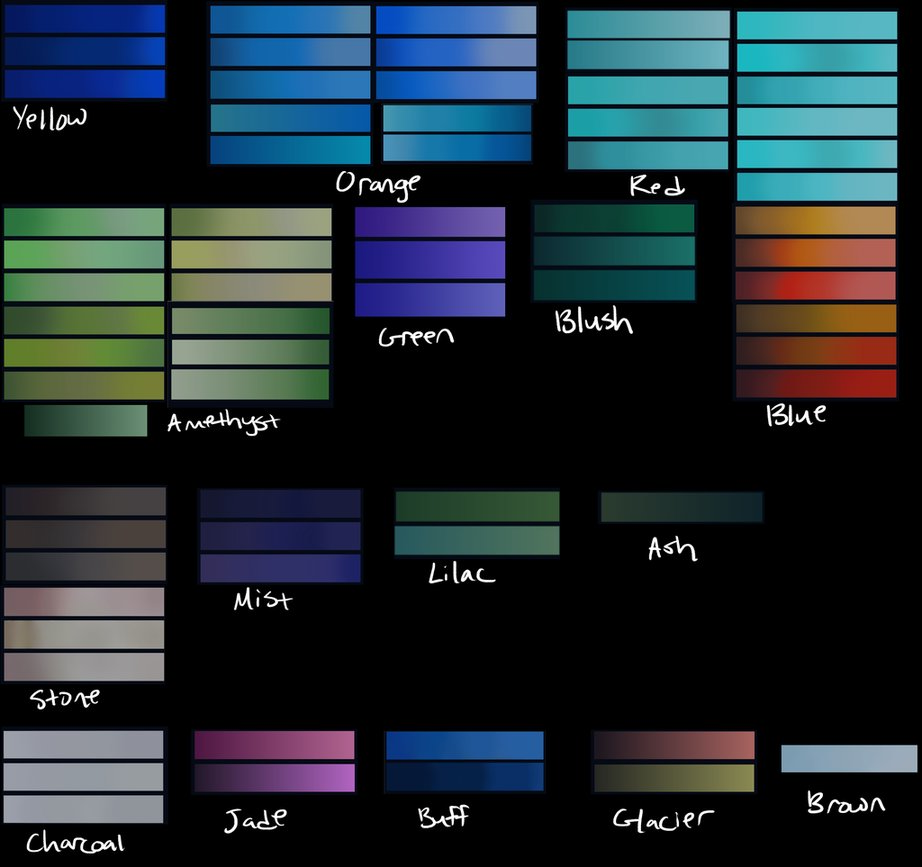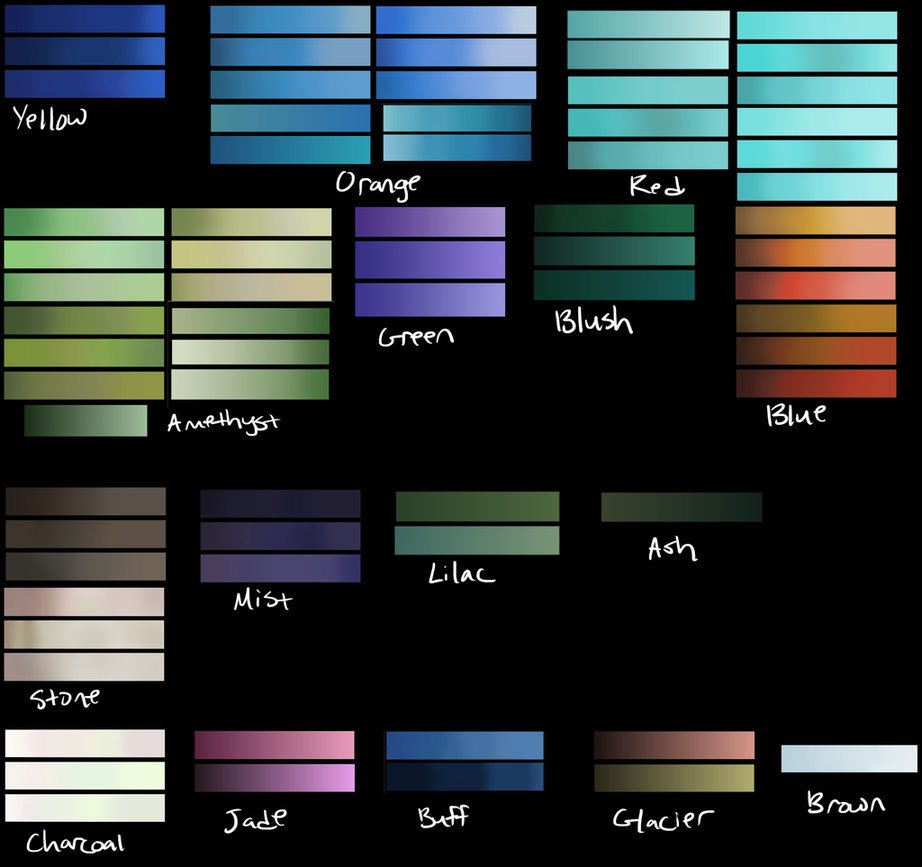Inversion
Examples
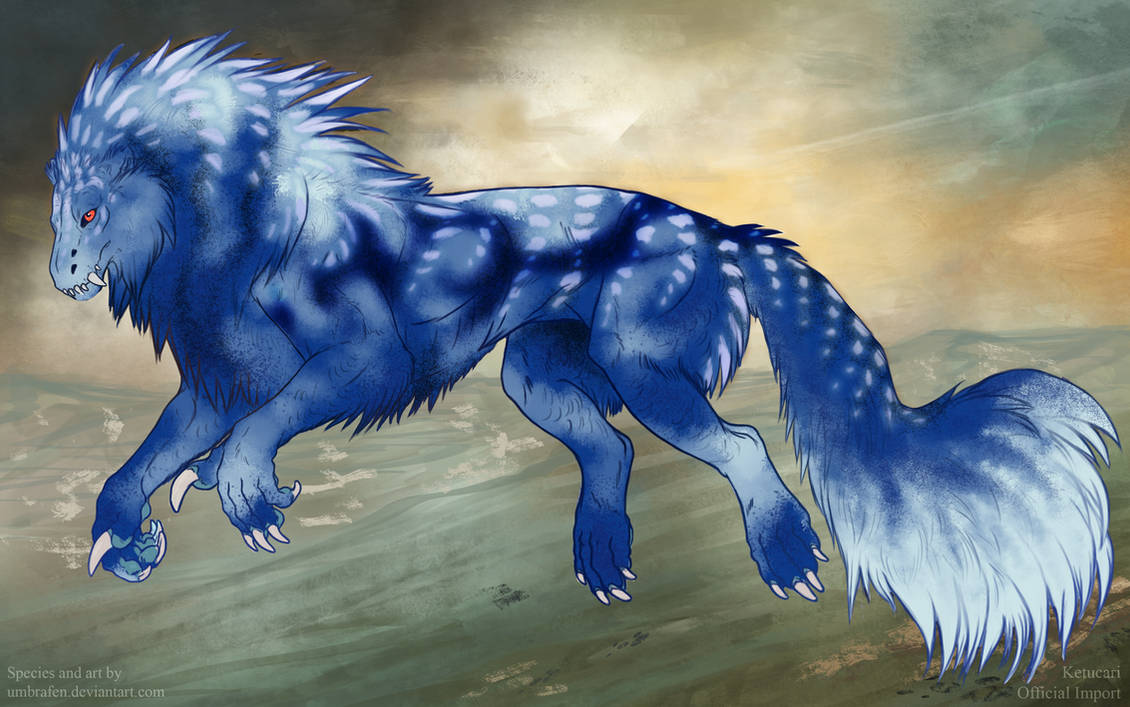
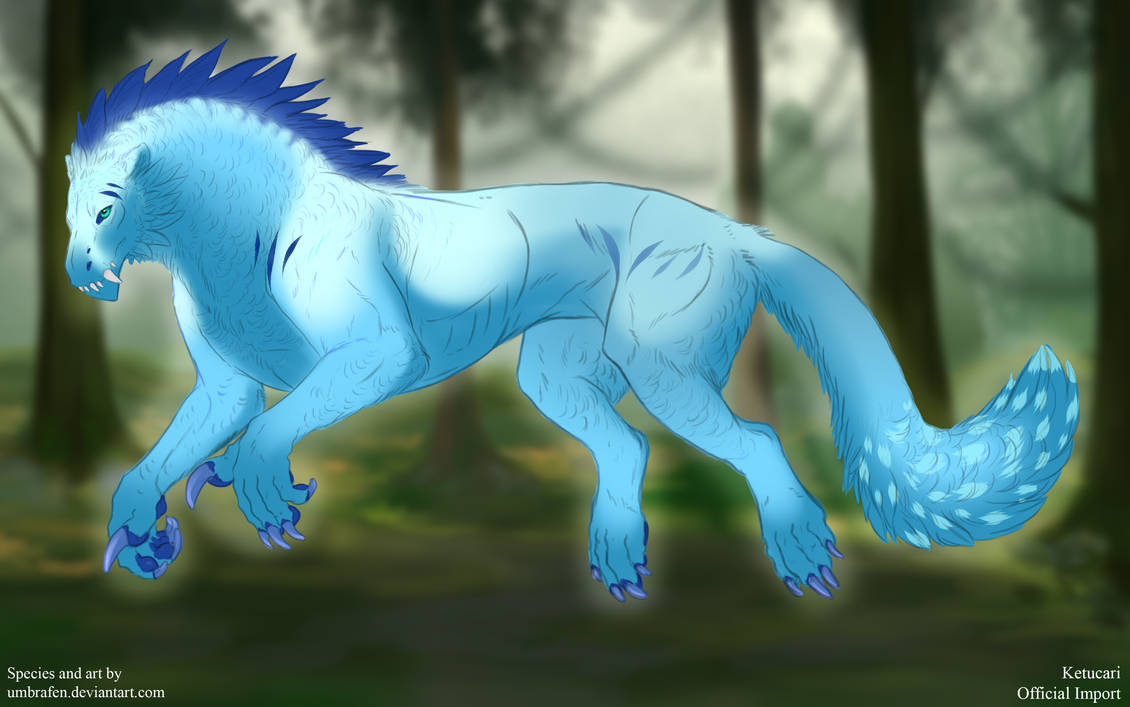

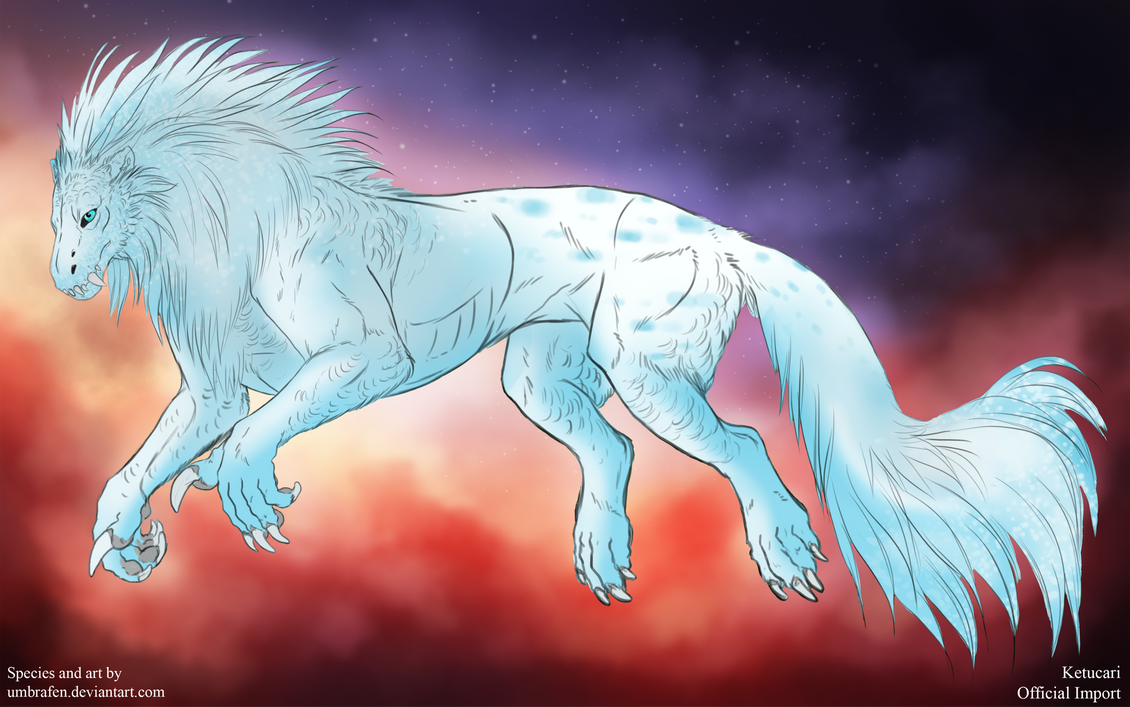
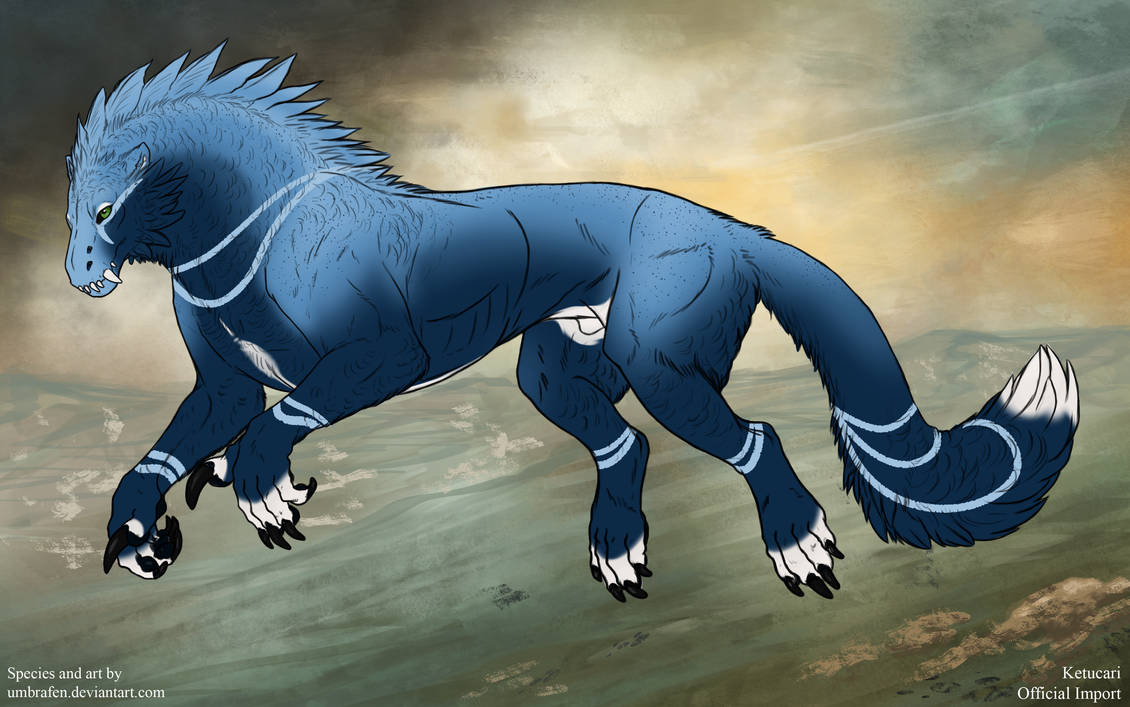

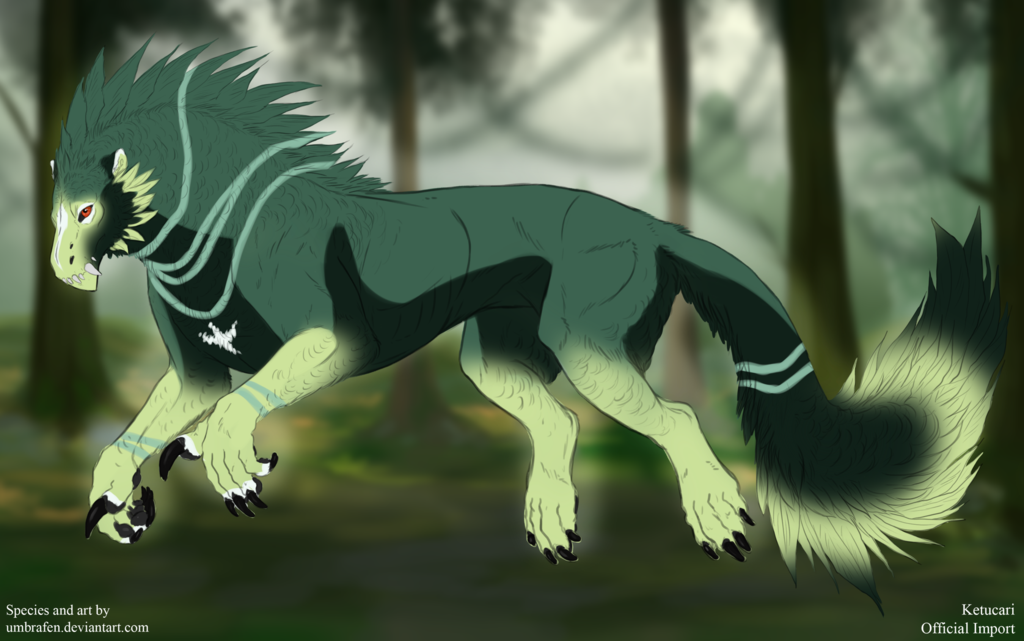
Basics
• Inversion causes the ketucari's markings and base color (NOT their eye and skin color) to invert. This marking makes use of the "invert" feature found in most art programs.
• In your ketucari's genotype, inversion is denoted by the letters "nIv" (heterozygous) or "IvIv" (homozygous).
• In its heterozygous form, inversion has a pass rate of 10%. Homozygous inversion has a 35% pass rate.
• Design approval will now require non-inverted form for marking references.
• In your ketucari's genotype, inversion is denoted by the letters "nIv" (heterozygous) or "IvIv" (homozygous).
• In its heterozygous form, inversion has a pass rate of 10%. Homozygous inversion has a 35% pass rate.
• Design approval will now require non-inverted form for marking references.
Color
To design an inverted ketucari, first design them as they would look with their normal base color, free of inversion. When you are done, use the invert feature in your art program to invert the design's colors. Be careful that you keep it constricted to the ketucari, and that it does not effect the background.
Even markings that appear in vibrant colors, such as hued points, will be altered by this mutation.
While this mutation does not directly effect the skin and horn color of ketucari, you may still use the "any color found on the coat" rule when choosing a color for their skin and horns.
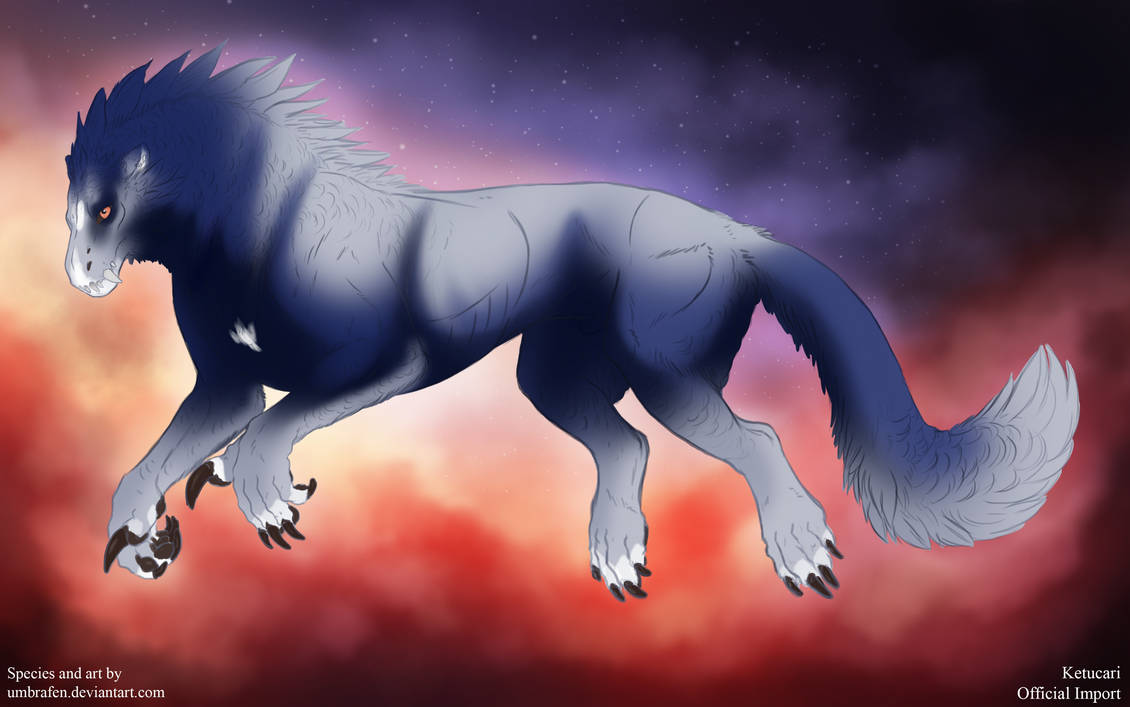
To ensure accuracy of base colors, we have inverted all base coats for your viewing pleasure!
Normal

Flaxen Smokey
